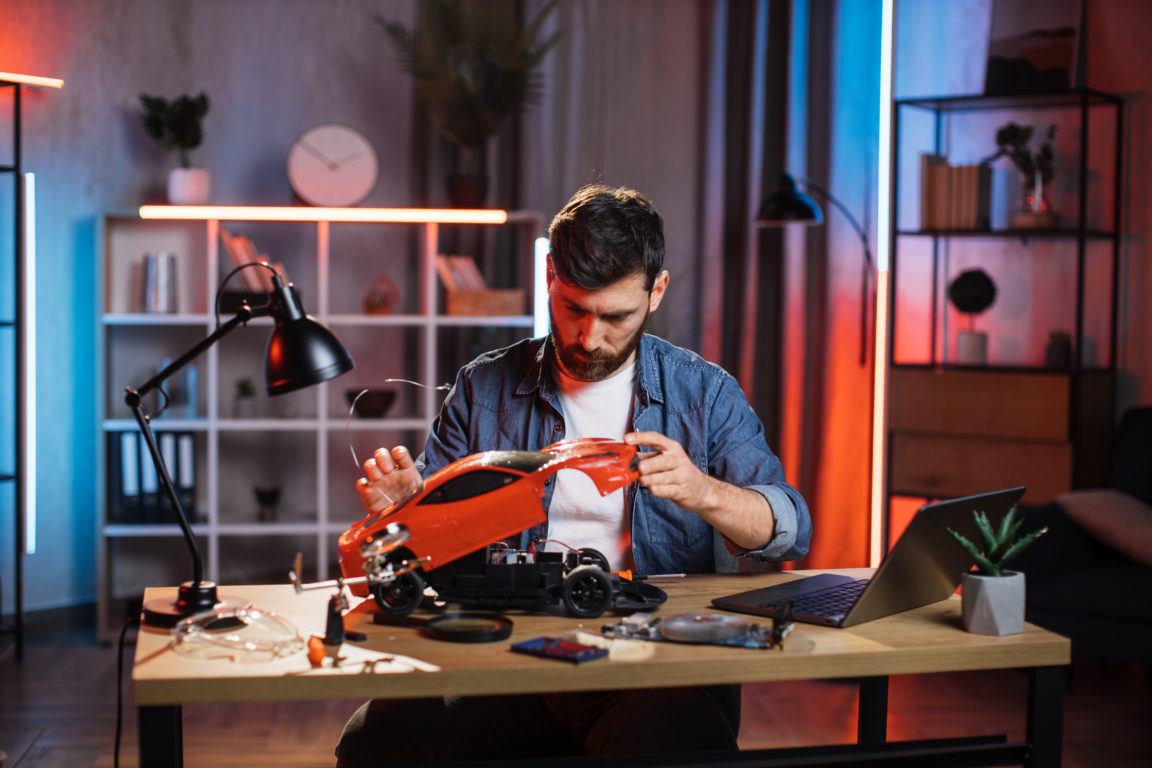Remote Control Toys (RC cars) can be seen in hands of every next-door kid. The market these days is flooded with a variety of toys and gadgets yet there is no more fun than to build your own remote-control car. Here’s a guide to get you started:
Parts you’ll need
Most of the parts you’ll need for the project are easy to purchase from a hobby shop. But if you’re feeling particularly adventurous you can disassemble parts in the house to be reused. To start with, you’ll need a thick plastic sheet to construct the chassis. Then you’ll need the following: a set of 2-inch diameter wheels from a toy car; 8 x small bolts to fit into holes of hinges; RC car servo; 2 x 800rpm electric drive motors; 9v battery; Speed controller; Receiver; Transmitter. On top of this, you’ll also need tools like superglue and a drill.
Step by step guide (DIY)
Precise, detailed instructions with accompanying diagrams can be found here. But broadly, there are five main aspects of your project. You’ll need to construct a base for your car – be it from cardboard or plastic. Then, you’ll need to build a steering mechanism to allow yourself to control the turning and direction of your car. The next step will be to build the wheels – once they’re complete you’ll also need to slide the wheels onto the motor and secure them. Now that this is all in place, you’ll have to make the steering electronic so that you can control it from your remote. After this, you’ll construct any remaining body parts such as the front and back fender. And finally, it’ll just be a matter of connecting all the components to ensure the electrics run smoothly.

If you choose a kit
Buying a kit can make this process a little easier if you’re pushed for time though. The parts will come more polished, you can pick the exact type of vehicle and you’ll have a clear guide for building it. Kits vary, so make sure you pick one that fits your budget, interests, and skill level. Once the kit arrives ensure that you work in an uncluttered, clear area and read through the instruction manual several times before beginning the process. If you think you’ve finished building it, be gentle with your test runs; a clip might not be fully secure, and you don’t want to damage the car right away.
Building your own RC car can be incredibly rewarding. Just ensure you follow each step of the process carefully – patience is key with these things. But once it’s all ready you should have an immensely rewarding new hobby.





